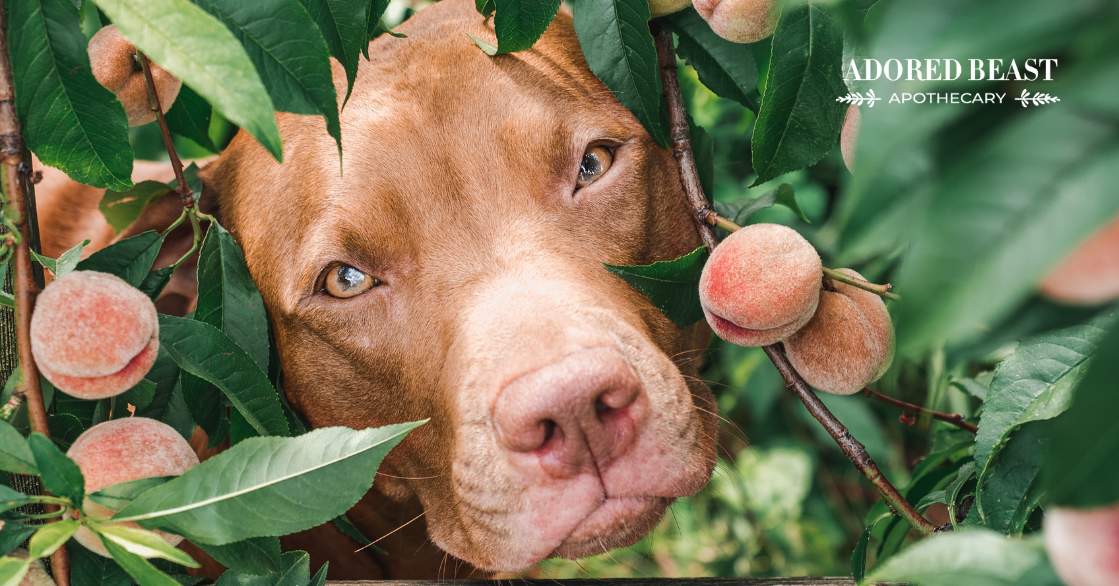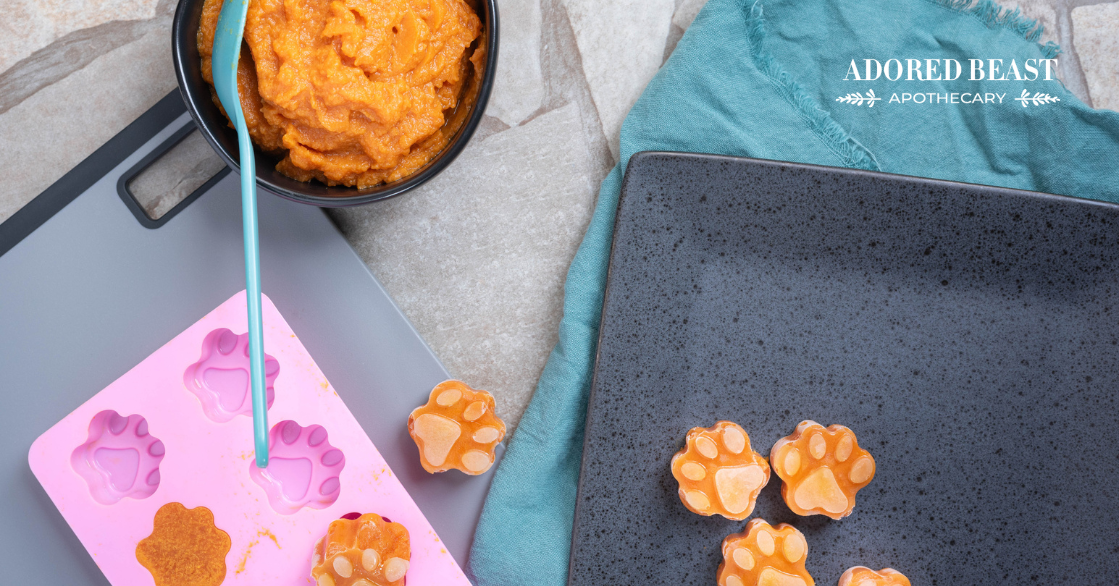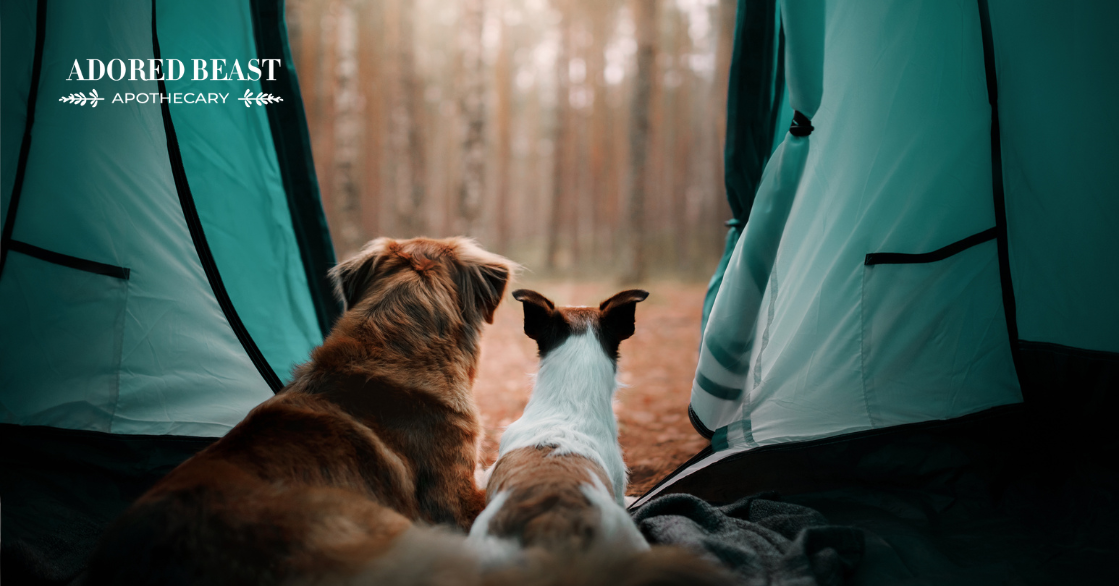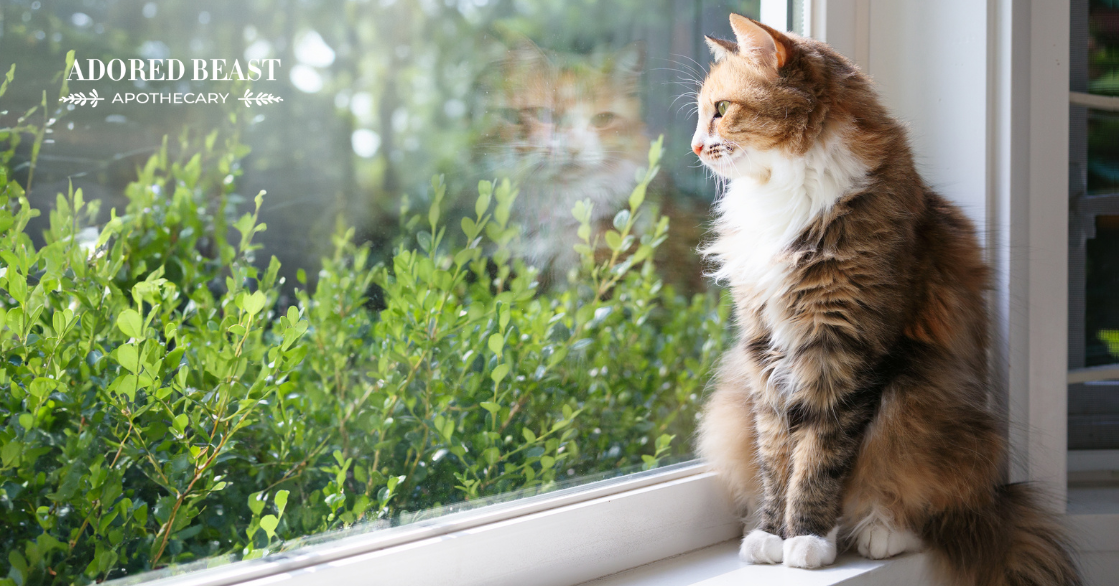A few weeks ago, I wrote a post about my sister’s pup, Zeus, eating a bar of soap. Don’t worry, he’s totally fine!
It had never been a thing before, but it caught us off guard, so I wrote a blog about it (find it here).
And it got me thinking about all the different things in the average household that pose a risk to our pets!
I think that we can all agree that, as pet parents, ensuring the safety and well-being of our furry family members is our top priority. However, many common household items can pose unexpected dangers. From those seemingly harmless foods to everyday cleaning products, we need to be aware of potential household hazards for pets and take proactive steps to create a safe environment for them.
And so that’s what we’re doing today!
Household Hazards for Pets
Here’s a rundown of the top 20 household hazards for pets and how to minimize the risks:
1. Soap: We’ll start here because it’s what got me on the topic. The specific dangers depend on the ingredients of the soap, as well as the amount ingested and the size of your dog. GI upset, toxicity, and obstructions are all potential risks. It’s undeniably something you want to keep out of reach of curious paws. Read more on soap dangers here.
2. Xylitol:This common sugar-substitute can be found in sugar-free gum and mints, candies, some peanut butter brands, sauces, medications, coffee creamers, even personal care items. It is highly toxic to dogs, causing hypoglycemia (low blood sugar) and liver failure. Thankfully, research tells us that it bodes not effect cats the same way it does dogs.
3. Antifreeze: Antifreeze is a deadly poison, but it has a sweet taste that may attract animals and children. We can’t really avoid this one (as we need it for our cars), but we can easily keep it away from our animals. Wipe up any spills immediately, and use a funnel to avoid them in the first place. Keep the container in the garage in an area your pet can’t get to. If you keep a jug in your car, make sure it is separate from where your animal sits.
4. Household Cleaners: We all love a clean house, but if the cleaners we’re using are putting our animals in danger, is it worth it? Heck no! In fact, when it comes to common household hazards for pets, cleaners are the worst offenders. Household cleaners contain so many different toxic chemicals that can really harm our pets. To avoid the risk, consider switching to more natural options. You can find a few here!
5. Houseplants: Now, not all houseplants are bad. Not by any means. Some are great in fact! Many help to purify the air and can even be used for natural healing. However, some are toxic to pets, and can cause a variety of symptoms, ranging from diarrhea and vomiting to difficulty breathing and organ failure. Some of the more common are lilies, azaleas, hyacinths, sago palms, and cyclamens. Switch them out for safer options, like the Boston fern, money tree, friendship plant, or spider plant. Here are the ones to avoid and some safer alternatives.
6. Skincare Products: Another seemingly harmless item… many pets like to lick hand cream or body lotion off their people, and some human skin lotions contain chemicals that shouldn’t be swallowed. Ingestion of moisturizers may cause drooling, vomiting, and diarrhea, so watch their use. The same goes for things like shampoo and conditioner, nail polish remover, makeup… all of those things in your bathroom cupboards may contain unsafe ingredients.
7. Laundry Detergent Pods: We talked about cleaning products, but what about laundry detergent? Those fun-looking little coloured pods can easily be mistaken for toys by curious pets (dishwasher tabs are the same). Not only do they pose a risk for choking or gastrointestinal blockages if ingested, they’re also chock-full of chemicals. Keep them on a high shelf or away in a cupboard.
8. Alcohol: This one seems like a no-brainer, but you might be surprised to learn it’s often forgotten about on the list. Alcohol can cause vomiting, diarrhea, difficulty breathing, and even coma or death in pets! It’s a serious one. We should never share our libations or leave access to them open for our animals.
9. Candles and Air Fresheners: Scented candles, air fresheners, and potpourri can contain chemicals that are harmful if inhaled by pets. Thankfully, there are many companies now focusing on animal-friendly options, so go for one of those natural alternatives – look for soy, coconut, or beeswax candles, unbleached cotton, hemp, or wooden wicks, and scented with pure essential oils. Check them carefully or avoid them completely. And remember to always use them in well-ventilated areas.
10. Essential Oils: We mentioned essential oils as a better fragrance ingredient in candles, but that doesn’t mean essential oils are safe in general! While essential oils can have therapeutic benefits, there are important guidelines to follow regarding diluting them or applying them on the skin. Certain oils like tea tree oil and peppermint oil can be toxic to pets if ingested or even applied topically. Essential oils should be used with care, and always kept out of reach.
11. Coffee: While we might not like to go without our morning brew, it’s definitely not something we should introduce to our pets. Coffee beans, grounds, and brewed coffee all contain caffeine, which can be dangerous for our dogs and cats. The same goes for caffeinated tea! We love sharing certain types of tea, but always make sure it’s decaffeinated/caffeine free!
12. Chocolate: Ok, let’s be fair, most of us know that chocolate is a no-go, but sometimes it doesn’t hurt to give that reminder. While a tasty treat for humans, chocolate contains theobromine and caffeine, which can be toxic to dogs and cats, leading to symptoms like vomiting, diarrhea, rapid breathing, and even seizures. If your dog does eat it, here’s what to do.
13. Funky Foods: Another few that many of us know about… even small amounts of grapes or raisins can cause kidney failure in dogs, leading to symptoms like vomiting, diarrhea, and lethargy. And of course, raw onions contain compounds that can damage red blood cells in dogs and cats, leading to anemia and gastrointestinal upset. If you cook with these, no sharing please. And watch for any recipes that contain them.
14. Pesticides and Rodenticides: Common household pest control products can be toxic to pets if ingested or absorbed through the skin. If you use any of these, make sure they’re always located in areas that your pet does not have access to. Use pet-safe and humane alternatives and follow label instructions carefully.
15. Risky Bedding: A lot of pet bedding (and our own bedding) is made with synthetic fibres and can contain flame retardant materials. While we usually consider these comfy, cozy spots for our pets to curl up, these can actually irritate the skin. Look for a highly breathable fabric, with natural materials, and organic if possible.
16. Kitty Litter: Kitty litter is another one we don’t often think about. Some dogs are super interested in kitty litter, so if your dog likes to look for snacks in there, you want to make sure you’re using natural litter. And honestly, going for a more natural one is better for your cat too – all those fragrances, colours, synthetic materials can trigger irritation in the respiratory tract. Check what’s in the container.
What to Do if Contact Occurs?
Knowing the common household poisons for cats and dogs is crucial for prevention, but what should you do if your pet accidentally gets into something on this list?
When my four-legged nephew ate the soap, my sister called the emergency vet and was directed to the poison control hotline. (Again, don’t worry, he was totally fine!) That’s always a good place to start. Make sure you have info on what your pet ate, how much, the brand, etc. Your vet will likely need this information.
You can give your cat or dog the homeopathic remedies aconite, arnica, and/or nux vomica right away as well.
If, at any point, you are concerned, call your vet and ask if you can come right in for an emergency visit.
It’s important to remember that our beloved beasts are curious creatures, and even the most benign objects can seem interesting or appetizing. By being aware of potential household hazards for pets and taking steps to reduce risks, we can help maintain a safe and healthy environment for all!












